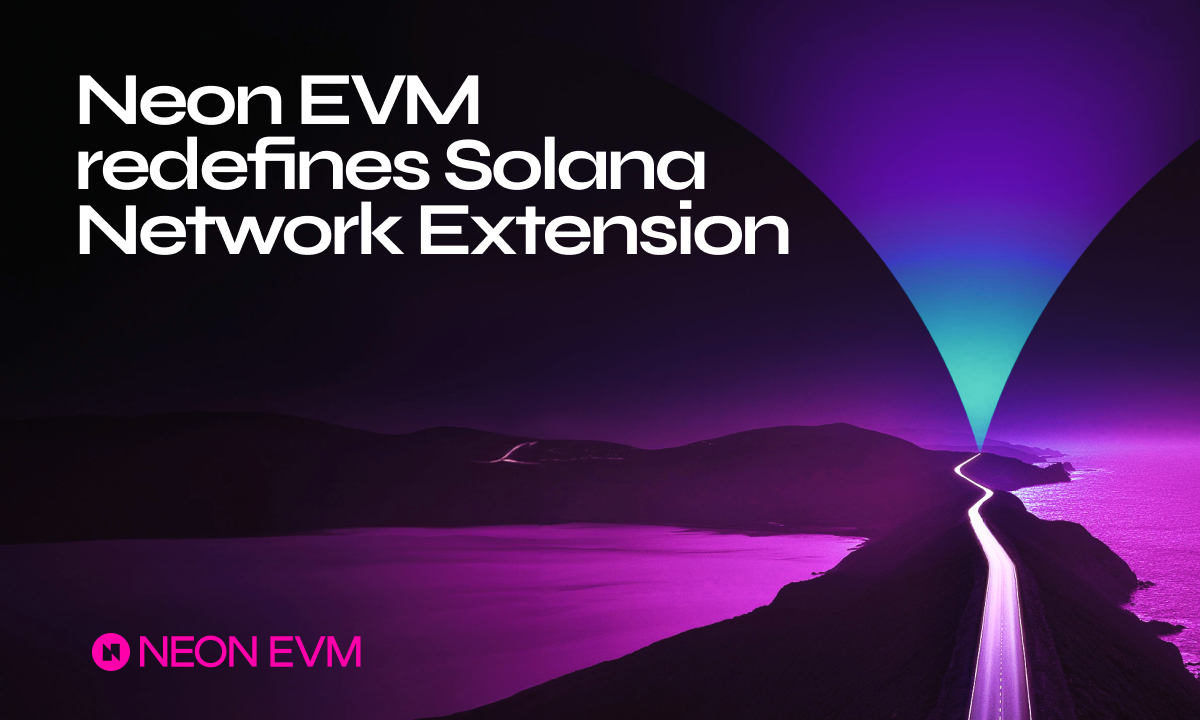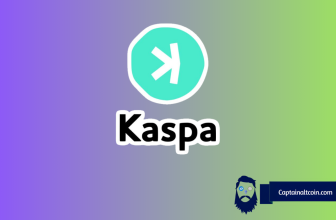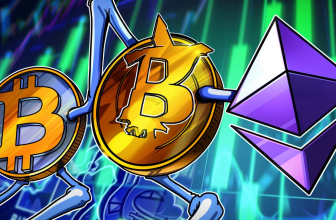
London, United Kingdom, October 16th, 2024, Chainwire
Neon EVM Pioneers the Network Extension Category on Solana, Ushering in a New Era of Unified Growth.
Neon EVM, a leading Ethereum Virtual Machine (EVM) on Solana, formally adopts Solana Network Extension as a product category, perfectly capturing the essence of this new category. Network Extensions fill a critical gap in the Solana ecosystem. By offering a formal category for projects that natively extend Solana’s functionalities, Neon EVM provides clarity to developers, investors, and users alike.
Traditionally, the positioning resulted from the inherent nature of Neon EVM and various other projects (MagicBlock, MetaPlex, etc.) since these are not typical Layer 1 or Layer 2 blockchains.
Unlike traditional rollups, L2s, or sidechains, Neon EVM is a program deployed directly on Solana’s blockchain and relies upon its settlement, consensus, and data availability. Today, this makes Neon EVM part of an emerging product category known as Network Extensions—a native, composable expansion of Solana’s core capabilities, stirring up debate.
The controversy sparking the Network Extensions category
Solana’s Network Extensions sparked controversy in September 2024, with co-founder Anatoly Yakovenko calling Ethereum’s L2 solutions “parasitic.” Yakovenko argued that L2s drain liquidity and fragment the ecosystem, a view echoed by Solana advocates who said L2s create a disjointed user experience. In contrast, Yakovenko claimed Solana’s Network Extensions are “natively composable” and enhance the core chain without pulling liquidity. Supporters emphasized that they are not disguised L2s but maintain a direct connection to Solana’s base layer, enabling seamless composability without Ethereum’s issues.
Network Extensions differ fundamentally from L2s.
Unlocking Seamless Ethereum Compatibility on Solana: Neon EVM as a Native Network Extension
Solana sees its Network Extensions as specialised modules that broaden the L1 blockchain’s core functionalities. These extensions natively integrate with the Solana base layer, allowing new capabilities to be added while preserving the core performance and composability of the underlying L1 chain.
Neon EVM epitomises this concept by enabling Ethereum compatibility for dApps while maintaining an execution environment with Solana. Neon isn’t a typical L2—it runs as an EVM (Ethereum Virtual Machine) on Solana’s blockchain, providing compatibility with Ethereum-based applications while remaining fully integrated with Solana’s L1. Unlike Optimistic or ZK Rollups, Neon doesn’t process transactions off-chain, but via Neon Proxy. Instead, it allows developers to deploy Ethereum dApps on Solana, leveraging Solana’s core capabilities— and no Rust coding is needed. Neon EVM seamlessly integrates with Solana at the protocol level and maps Ethereum transactions directly into Solana instructions, leveraging Solana’s advanced Sealevel transactional infrastructure. As a result, dApps running on Neon EVM benefit from Solana’s high-throughput environment and unparalleled scalability, enabling parallel processing and efficient execution.
This technology positions Neon EVM as a key player in enhancing the accessibility and composability of blockchain applications to the Solana ecosystem.
The Solana Foundation team has reiterated Neon EVM’s role as a Network Extension on social media platform X, as seen in the post below, while Anatoly Yakovenko, co-founder of Solana, has clearly stated that Neon EVM is definitely not an L2.
Davide Menegaldo, CCO of Neon EVM and highlights the importance of network extensions, stating, “Network Extensions offer a powerful way to enhance and augment the capabilities of blockchain networks like Solana without the downsides typically associated with traditional scalability solutions.” Menegaldo further takes a deep dive and explains the key to determining Network Extensions:
– Unified Liquidity: By operating within the same liquidity pool, Network Extensions prevent the liquidity fragmentation that often occurs with Layer 2s or sidechains, ensuring a more unified and efficient ecosystem.
-Enhanced User Experience: The user gets to use native wallets and tools with ease, abstracting away all complexities associated with multi-chain and fragmented environments.
– Remains native to the host chain, extending core functionality: Network Extensions are deeply integrated into the base layer and do not compete with or directly overlap it. They expand Solana’s capabilities by adding new features, new execution environments, storage or consensus capabilities, NFT functionalities without replacing the core functionalities of the underlying Solana environment.
Projects like MagicBlock with Ephemeral rollups, and MarginFi, are creating tools, services, and infrastructure that don’t always fit into well-defined single categories of L1 and L2 terminologies.
To fully comply with the definition of Network Extensions, Neon EVM will abstract away the complexities of the EVM layer, ensuring a seamless experience for users. EVM developers can fast-track their deployment on Solana without needing to chart the complexities of Rust. Solana users can interact with these dApps through their preferred wallets, such as Phantom, Backpack, or Solflare, paying gas fees in Solana-native currency.
This composable and intuitive user experience ensures that while the technology behind these applications is Ethereum-compatible, the end-user will benefit from a unified user experience – without even noticing the underlying Ethereum-like codebase powering the dApps.
Neon EVM drives innovation in Solana, expanding beyond traditional blockchain models
Network Extensions in the Solana ecosystem are setting a new precedent for how blockchain infrastructure can evolve beyond the traditional L1 and L2 models. As Solana continues its growth trajectory with Firedancer and many upcoming updates, Neon EVM is poised to play a pivotal role in accelerating innovation, bringing unparalleled growth opportunities to developers and users alike. The future of blockchain is extensible, and Neon EVM is poised to lead the charge beyond the standard pathways.
About Neon EVM
Neon EVM is the first of its kind—a Network Extension on Solana—designed to seamlessly integrate Ethereum Virtual Machine (EVM) compatibility into Solana’s high-performance ecosystem. By operating natively within Solana’s base layer, Neon EVM provides Ethereum developers with a fast, high-throughput pathway to deploy their EVM dApps on Solana, without the need Rust coding, separate blockchain layers, or fragmented liquidity. It enhances the composability of dApps while preserving Solana’s core advantages. Neon EVM expands Solana’s capabilities, offering a unified experience where Ethereum-based projects can thrive with the speed and scalability Solana is known for.
For more information about Neon EVM, users can visit neonevm.org and connect with the community on Twitter or Discord.
Contact
Marketing Manager
Shailey Singh
Neon EVM
shailey@neonfoundation.io








